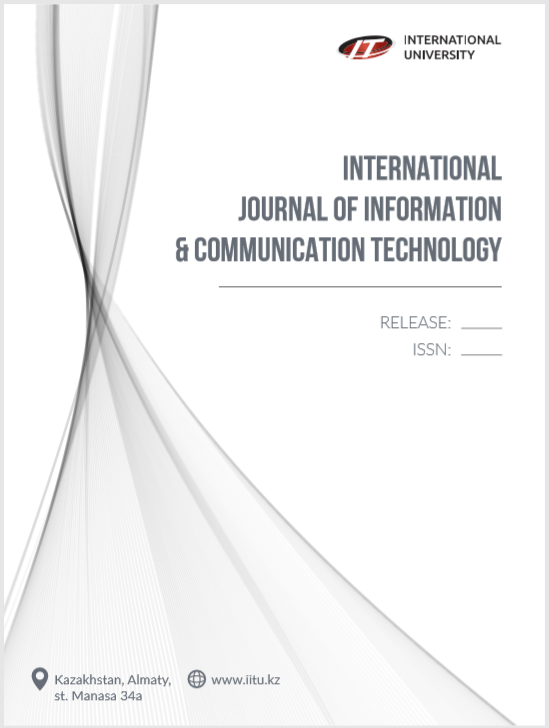APPLICATION OF ROBOTIC PROCESS AUTOMATION (RPA) SYSTEMS IN BUSINESS
DOI:
https://doi.org/10.54309/IJICT.2022.12.4.001Keywords:
система RPA, технологическая имитация, автоматизация,Abstract
As one of the most popular fields in the field of management, business
process management has witnessed many advances in academic research, while
applications in the industry still provide various progressive methods that contribute
to the formation of business process management. From the very beginning of the
business process, management efforts began to materialize in the modeling and analysis
of business processes, and then the business process model is tracked and controlled
by business process monitoring tools. In addition, the result of the business process is
ultimately evaluated by business process analysis technologies. To solve the problem
of large investments in business process management systems, a solution called
RPA (Robotic Process Automation) was proposed. RPA focuses on automating the
original business process, which does not incur the costs required for business process
reengineering. The goal of RPA is to free people from tedious and repetitive tasks so
that they can concentrate more on difficult tasks. Thus, higher productivity and lower
costs can be achieved. RPA is like a set of tools for simulating user actions in computer
systems. A piece of software usually interacts with graphical user interfaces, performing
processes that a user will perform on systems. This approach has proven to be one of
Downloads
Downloads
Published
How to Cite
Issue
Section
License
Copyright (c) 2022 International Journal of Information and Communication Technologies

This work is licensed under a Creative Commons Attribution-NonCommercial-NoDerivatives 4.0 International License.
https://creativecommons.org/licenses/by-nc-nd/3.0/deed.en


